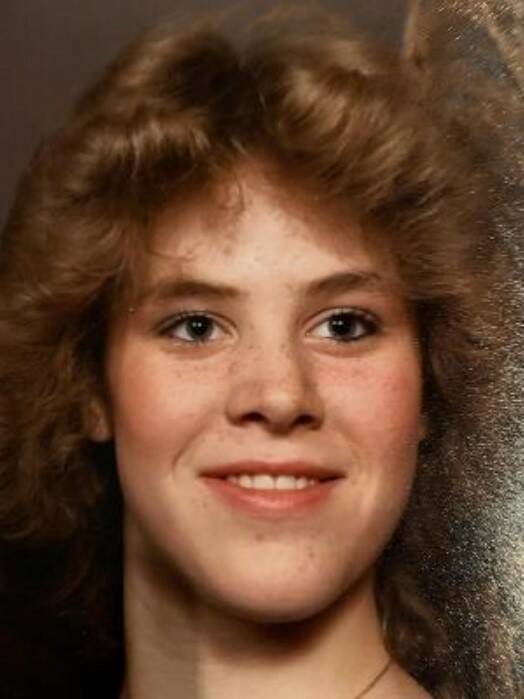Law enforcement believe they have identified the human remains of one of the Green River Killer’s unidentified victims.
Gary Ridgway, the Green River Killer, pleaded guilty on Nov. 5, 2003, to 48 counts of aggravated murder for the serial murders of women between 1982 and 1998.
Through forensic genetic genealogy testing, a DNA technology company concluded the remains of a deceased unidentified victim found in Auburn in 1985, referred to as Bones 17, belonged to a girl named Lori Anne Razpotnik.
In 1982, 15-year-old Lori Anne lived with her family in Lewis County. She ran away from her home in 1982, and her family never saw her again.
According to the King County Sheriff’s Office, employees from the City of Auburn discovered potential human remains on Dec. 30, 1985, after being called in to investigate a car over an embankment in the 2000 block of Mt. View Drive Southwest.
With the Green River Task Force overseeing the investigation, detectives and search and rescue personnel found a second set of human remains in a subsequent search of the area.
Law enforcement referred to the two unidentified victims as Bones 16 and Bones 17.
A forensic anthropologist’s examination of the skeletal remains, both young women, revealed Bones 16 was an African-American woman between the ages of 20 and 25. Her remains had been placed along a large fallen log, according to prosecutorial documents.
Approximately 40 to 50 feet uphill, detectives and search personnel discovered Bones 17 lying at the foot of a rotten stump on the peak of a ridge.
The forensic anthropologist concluded that she was a Caucasian and between 14 and 17 years old. About 250 yards to the west of Bones 16 and Bones 17, detectives discovered the remains of Kimi-Kai Pitsor, another teenage murder victim of Ridgway’s. Investigators had discovered Kimi-Kai’s skull two years prior.
When investigators questioned Ridgway of Bones 16 and Bones 17, Ridgway claimed he could not recall any specifics about them other than to say he thought he killed one of the women before Kimi-Kai and one after her, according to prosecutorial documents. Investigators asked Ridgway why and how he chose the Mountain View site in Auburn.
Prosecutorial documents stated that Ridgway said, “there’s a fantastic bank and trees. Just an excellent place to dump a woman and I can see ahead when I drop her off.”
In 2002, Ridgway, having agreed to lead investigators to the locations of his victims’ graves, led investigators to the location where first responders discovered Bones 16 and Bones 17 and admitted to placing victims in the area.
“Over the course of the next fifteen years, numerous attempts were made to identify the two young women found along Mountain View Drive. … The cases remained open, but ‘cold,’” prosecutorial documents stated.
In 2012, law enforcement identified Bones 16 as Sandra Majors through DNA testing.
According to the sheriff’s office, law enforcement contracted with Parabon Nanolabs to conduct forensic genetic genealogy testing on Bones 17, using advancements in DNA technology to develop a new DNA profile.
King County detectives contacted Lori Anne’s mother, who provided detectives with a saliva sample.
According to the sheriff’s office, the University of North Texas confirmed the victim was Lori Anne through DNA comparison testing.
According to Casey McNerthney, spokesman for the King County Prosecuting Attorney’s Office, Lori Anne’s murder was included as one of Ridgway’s 48 aggravated murder counts that he was sentenced for in 2003.
Ridgway pleaded guilty to murdering the two unidentified victims discovered at the location in 2003, according to the department.
Ridgway is currently serving 49 consecutive life sentences in Department of Corrections custody at the Washington State Penitentiary in Walla Walla.
An additional 49th count was added and sentenced against Ridgway in 2011.


